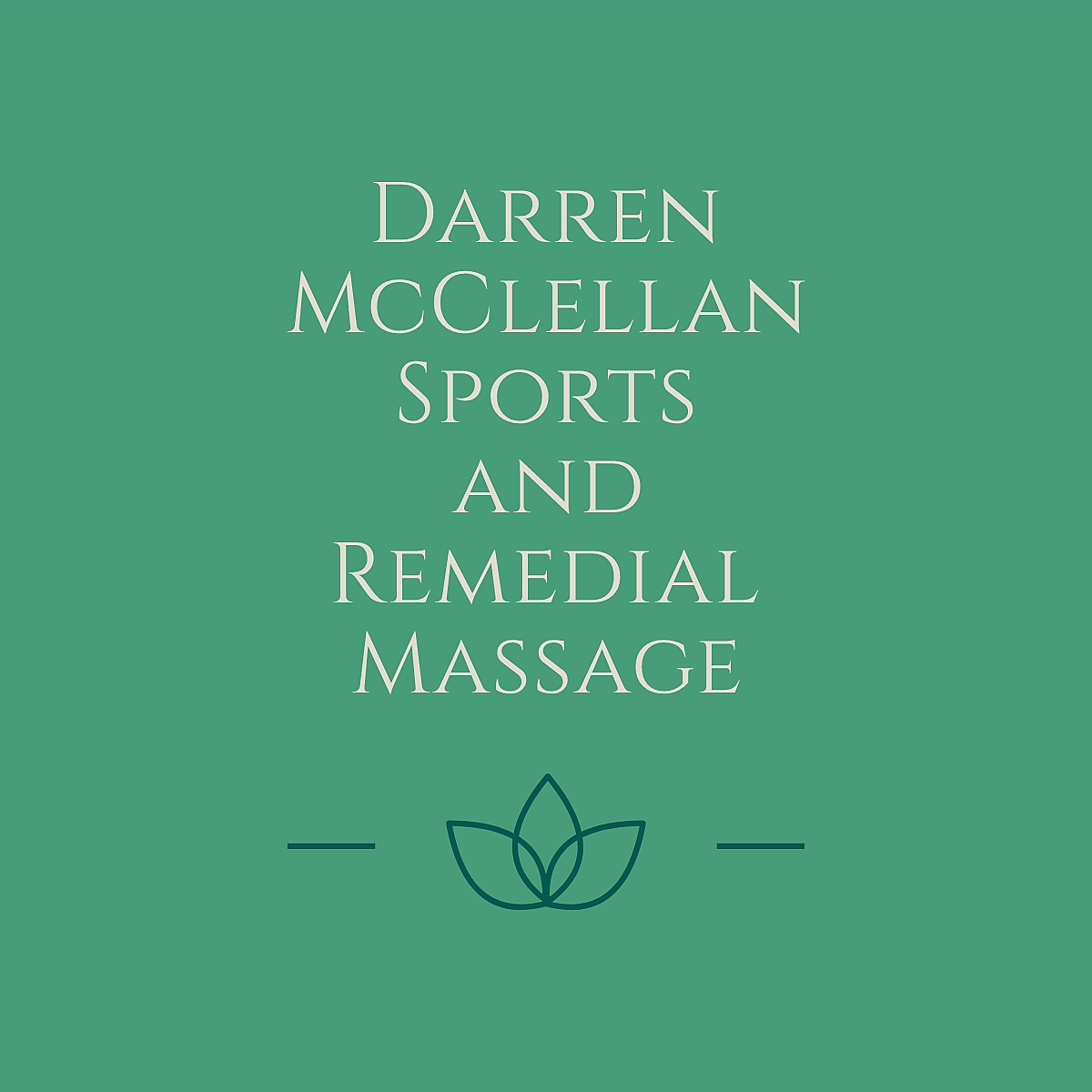Why Runners Get Overuse Injuries And What You Can Do About It
- DM Sports and Remedial Massage

- May 29
- 3 min read

Running is one of the most accessible and rewarding forms of movement we can do. But it also comes with a downside. Those overuse injuries. As a therapist and runner myself, I see the same patterns again and again: runners who are committed, passionate, and training hard... but who find themselves sidelined by pain they didn’t see coming.
Let’s take a look at why these injuries happen and how to run smarter, not just harder.
The Reality of Running: High Impact, High Demand
Running may look simple from the outside, but it’s incredibly demanding on the body. Every time your foot hits the ground, the impact force can be 2–3 times your body weight. That’s repeated thousands of times per run, often over hard surfaces, in other words. It's a lot!
The body can handle that kind of load if it’s well-prepared, well-aligned, and given adequate recovery time. Unfortunately, many runners don’t tick all those boxes.
Why Overuse Injuries Are So Common
Most running injuries aren’t caused by one-off accidents. They’re the result of small things building up over time. The key culprits?
Training too much, too soon. Your cardiovascular fitness can improve faster than your tissues can adapt. Just because your lungs can handle it doesn’t mean your tendons can.
Poor movement mechanics. Weak glutes, tight hips, collapsed arches, stiff spines. These can all subtly shift how forces are absorbed and transferred.
Inadequate recovery. Muscles, fascia, and joints need time to repair micro-damage. Without proper rest, that damage accumulates.
Ignoring warning signs. The early signs. Tightness, fatigue, and dull aches are often brushed off. But they’re your body whispering before it starts to shout.
The Glute Medius Problem
One of the most common issues I see in runners is gluteus medius dysfunction.
The glute med isn’t a big, flashy muscle, but it plays a crucial role in keeping your pelvis stable during every stride. When it’s not functioning well:
You get lateral pelvic drop.
Other muscles (like your ITB, lower back, or hamstrings) have to overcompensate.
This compensation leads to tightness, strain, and often, pain.
Once that pain sets in, it’s rarely just an isolated problem. The body starts adjusting its movement to avoid discomfort, leading to a chain reaction of new problems.
“Why Don’t People Just Rest?”
You might be thinking: If tightness or pain starts, why not just back off and let it settle?
The answer is simple. Runners are goal-driven. If you’ve got a race coming up, every session feels critical. Missing even a few days can feel like falling behind. Unfortunately, this mindset often leads to pushing through when the body is asking for a break.
And ironically, trying to push through may cost you much more time in the long run.
Smarter Running: What You Can Do
Here’s what I recommend to runners who want to avoid overuse injuries and still train toward their goals:
Listen early. Tightness, fatigue, and small tweaks are your body’s first alerts. Don’t wait until they become pain that stops you from running.
Rotate your training. Mix in strength work, mobility, cycling, or swimming. Less running doesn’t mean less progress.
Include recovery as part of your plan. Foam rolling, massage, breathwork, mindfulness, and sleep.These are as important as your long run.
Prioritise movement quality. Strengthen the glutes, mobilise the hips, and get assessed if you’re not sure how your body is moving.
Be flexible with your race goals. Sometimes, letting go of a time goal means you stay in the game longer and with less pain.
Final Thoughts
You don’t need to fear running. It’s a beautiful, meditative, empowering form of movement. But like any demanding activity, it needs to be respected. Overuse injuries don’t come out of nowhere. They come from imbalance, overload, and ignoring early signs.
With awareness, patience, and a smarter approach to training, you can run well, run strong, and run pain-free.





Comments